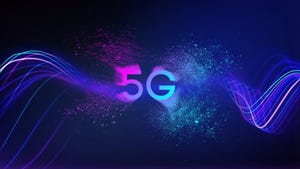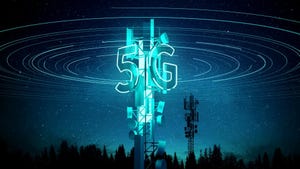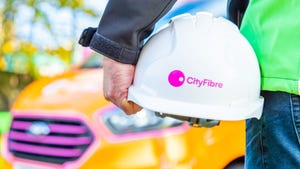Indosat Evolves Toward Next-Gen Intelligent Operations To Help Power Indonesia’s Digital Economy
By most measures, the $6 billion dollar merger of Indosat Ooredoo and Hutchison 3 Indonesia has already been a considerable success. The combined IOH instantly became the second-largest operator in Indonesia, which is the fourth most populous country in the world, and has continued to post revenue growth quarter after quarter. #Sponsored
December 6, 2023

Sponsored Content
By most measures, the $6 billion dollar merger of Indosat Ooredoo and Hutchison 3 Indonesia has already been a considerable success. The combined IOH instantly became the second-largest operator in Indonesia, which is the fourth most populous country in the world, and has continued to post revenue growth quarter after quarter.
But a merger of this scale is no small feat.
“It’s like combining two separate highways into one super-efficient highway to offer faster and wider connectivity to the users,” said Foong Wei Chyn, Director of Service Operations at Huawei, during a recent conversation with Telecoms.comEditor Scott Bicheno.
In particular, combining the previously separate networks entailed lots of complexity – and the parallel challenge of maintaining a high-quality user experience during the network consolidation project as well.
“The process starts with the planning phase by considering the coverage, capacity, and quality factors together with the OPEX and CAPEX concerns,” Chyn said.
Chyn added that the new-and-improved network ranks first in performance relative to competitors, according to third-party assessment data, one of several positive outcomes of the consolidated network. Network throughput increased nearly 30% post-merger, according to Chyn, and user speeds improved by 5MB/s. Moreover, the new Indosat is able to better bridge the urban-rural digital divide in Indonesia and bring millions of more citizens online.
“By merging these two networks, internet access has gotten larger, and local communities will be able to enjoy wider coverage,” Chyn said.
Huawei is a key partner for IOH, both during its merger and especially now as the bigger and better operator undertakes an ambitious digital transformation initiative aimed at unlocking the full potential of 5G and follow-on technologies.
IOH plays an important role in the rapid growth of Indonesia’s burgeoning digital economy, including bringing broadband connectivity to millions of previously underserved people. Fulfilling that role and meeting customer expectations is requiring the operator to rethink how it runs both in the network and service domains.
As a result, IOH is continuing to partner with Huawei to transform its business across all network O&M scenarios, taking a phased approach to eventually attaining next-generation intelligent operations that reduce complexity, enhance user experience, and set the stage for continued growth and innovation.
IOH’s digital transformation covers the critical areas of people, process, and platform. On the platform front, that includes the deployment of a converged data platform that enables greater automation and intelligence, including low-code development, microservices, and API-based software tooling that allows staff with little coding experience to produce digital products such as new data models or algorithm-based network automation.
It’s a long-term transformation, and yet IOH is already reaping early wins.
For example, an initial fault management automation use case project is already meeting or exceeding six automation KPIs related to the alarm-to-resolution process, including reducing mean time to repair power-related network faults by 71%, as well as achieving an 81.4% auto diagnosis success rate and a 67.6% auto recovery success rate. IOH also improved site audit resource efficiency by 50% and time efficiency by 37%.
You May Also Like









_1.jpg?width=300&auto=webp&quality=80&disable=upscale)


.png?width=800&auto=webp&quality=80&disable=upscale)